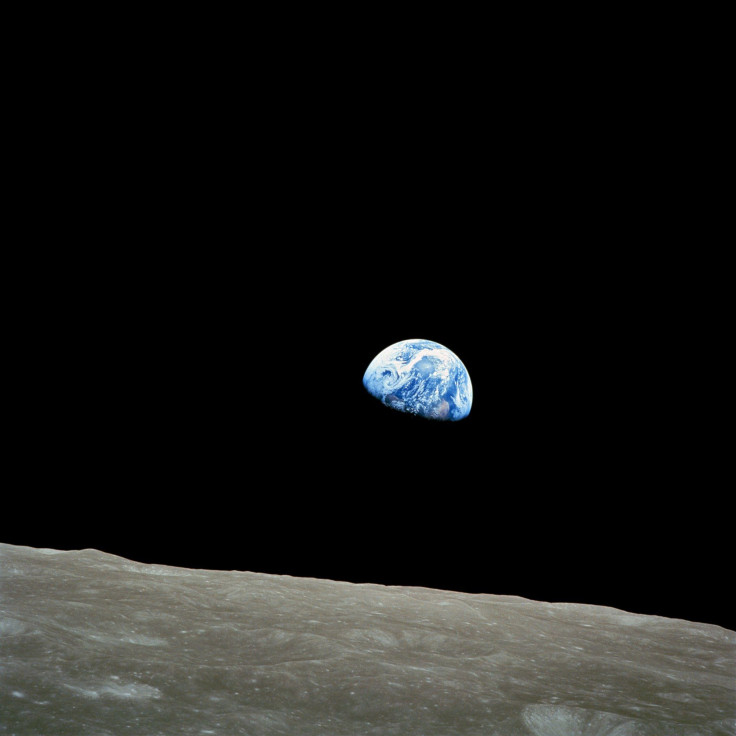NASA Expert Reveals How Humans Can Change Earth’s Orbit

KEY POINTS
- A former NASA engineer explains how humans can alter Earth's orbit
- Massive asteroids and comets can be used to change Earth's orbit around the Sun
- Moving Earth could prevent it from being destroyed by the Sun once it expands
A NASA expert explained how humans can use the massive asteroids and comets in the outer Solar System to change the orbit of Earth around the Sun. The expert noted that this could someday save Earth and keep it from becoming a hostile and uninhabitable planet.
Mark Adler, a retired system engineer and project manager for NASA’s Jet Propulsion Laboratory, discussed the idea through the question-and-answer website Quora. According to Adler, altering Earth’s orbit could become the only hope for future humans once the Sun begins to expand four to five billion years from now.
Once this happens, the Sun will become significantly bigger and hotter. This means Earth would no longer be in the habitable zone and would eventually burn up, killing all life on the planet.
In order to prevent this inevitable Earth-ending event, Adler noted that humans could change Earth’s orbit to move it farther away from an expanding Sun. The former NASA engineer explained that this can be done by using the massive asteroids and comets orbiting the outer regions of the Solar System known as the Kupier Belt or Oort Cloud.
Using fusion bombs or other forms of futuristic technology, these massive space rocks can be diverted to orbit Earth.
“One or a few such large Kuiper Belt objects could be diverted to swing by the Earth and then Jupiter,” Adler explained. “They could be put in long-term cycler orbits between the Earth and Jupiter, using Saturn, Uranus, and Neptune as well to return the object.”
By doing so, Adler noted that humans and Earth could rely on the concept of gravity assist to change the planet’s orbit. According to Adler, the strong gravitational pull of the massive space rocks could eventually alter Earth’s orbit after passing by the planet several times.
Eventually, this would cause Earth to drift away from the Sun and escape its expanding form. This could save Earth from being rendered totally uninhabitable by the dying giant star.
“Repeated passes by Earth and Jupiter, always on the same side, would transfer angular momentum and energy between the Earth and Jupiter,” Adler stated. “You could raise the orbit of Earth significantly, but only lower Jupiter's orbit a tiny amount, where Jupiter is 318 times the mass of Earth.”
© Copyright IBTimes 2025. All rights reserved.





















